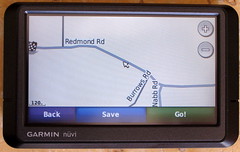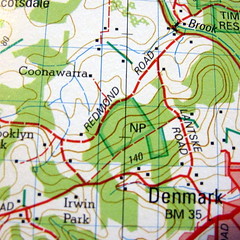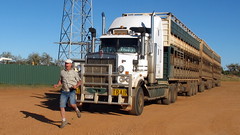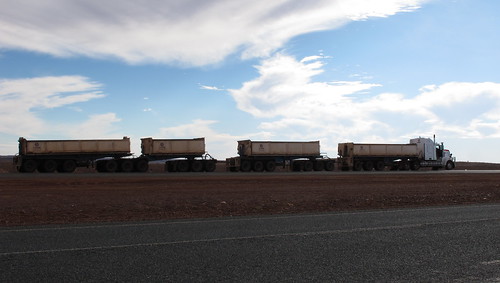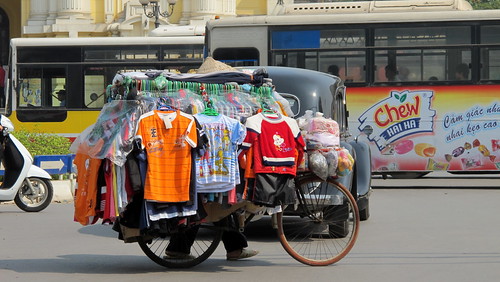Canadians like to go south in the winter, but doing so means leaving Canada. Australians are luckier: to escape the cold, they go north, but can do so without leaving their own country—or even their own state in the case of residents of Western Australia.
The other notable difference between Canada and Oz is that Australians can drive around their country—certainly not an option for Canadians!
And drive they do: as we’ve been making our way around much of Australia’s coastal perimeter we’re meeting dozens of Australians who have taken to the road to explore.
The term “grey nomads” is often used to describe the many mostly-retired couples driving robust 4WD vehicles and towing trailers as they tour from caravan parks to camp sites—and often well-equipped roadside stops.
Our little “chubby camper” van is tiny and limited in where it can go compared to the Toyota Land Cruisers towing luxurious trailers—some equipped with wide screen TVs and satellite dishes.
Caravan parks are widespread in Australia, and most offer laundry facilities, well-maintained “ablution blocks” (toilets, hot showers), camp kitchens (many with refrigerators, BBQs, washing facilities). A powered site is typically A$20-45; an unpowered site A$5-10 less.
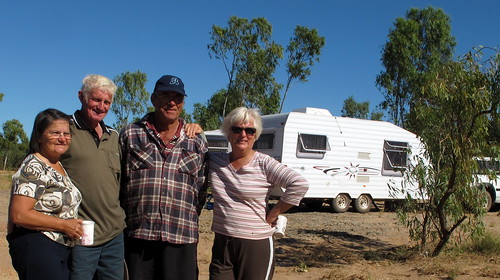 One of the best sources for things to do along the way are these grey nomads. We’ve exchanged all sorts of tips and “must see” ideas as we’ve travelled, and seldom stop without having a conversation with someone about where they have been or are going.
One of the best sources for things to do along the way are these grey nomads. We’ve exchanged all sorts of tips and “must see” ideas as we’ve travelled, and seldom stop without having a conversation with someone about where they have been or are going.
We can also tell that we stand out a bit from the stereotype of people who rent our kind of vehicle. At one site, a neighbour commented “Aren’t you two a bit old for a van like that?”
I guess maybe I should start shaving my head or using Grecian Formula…








